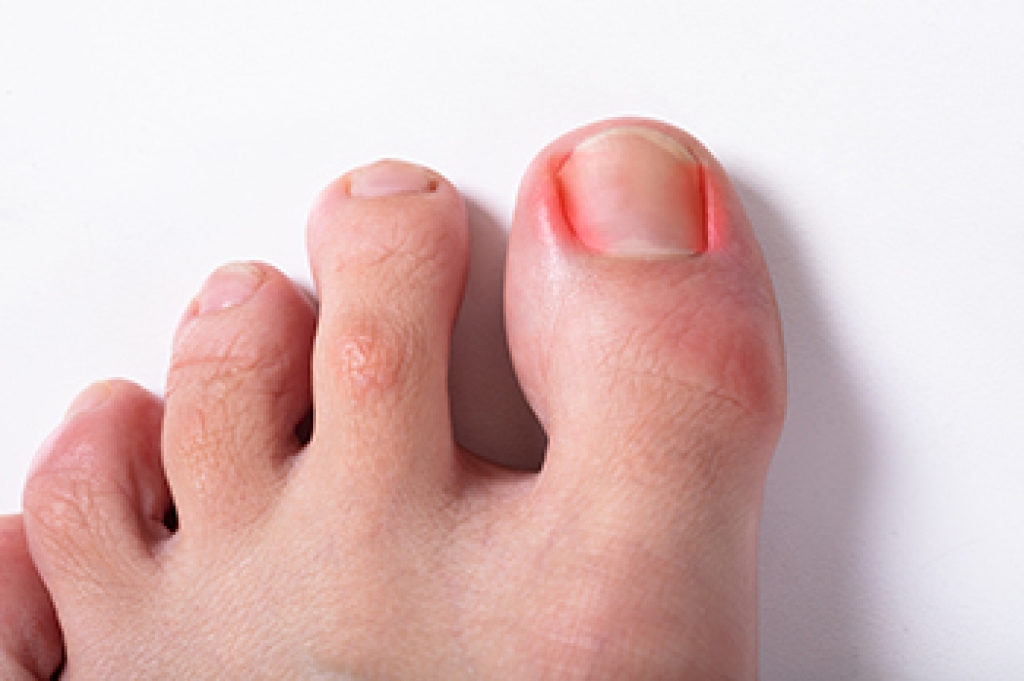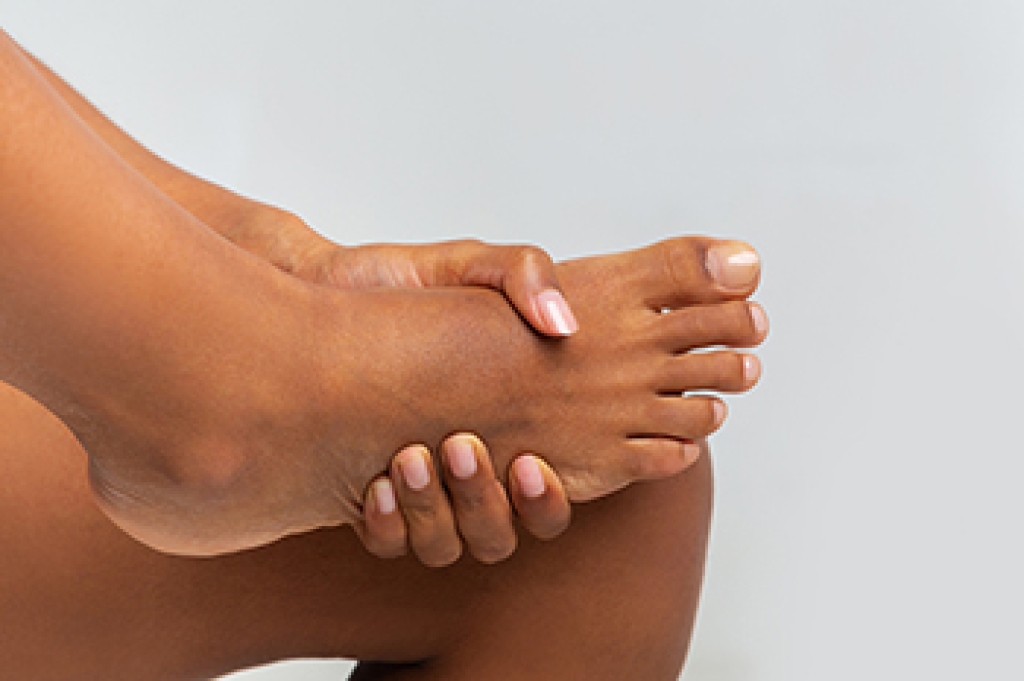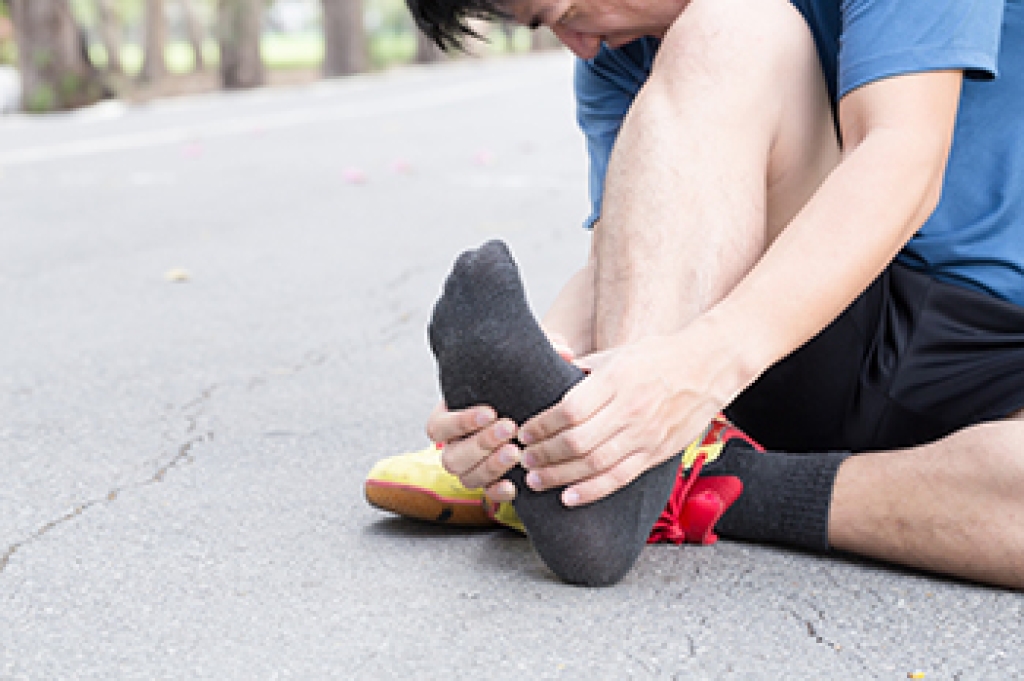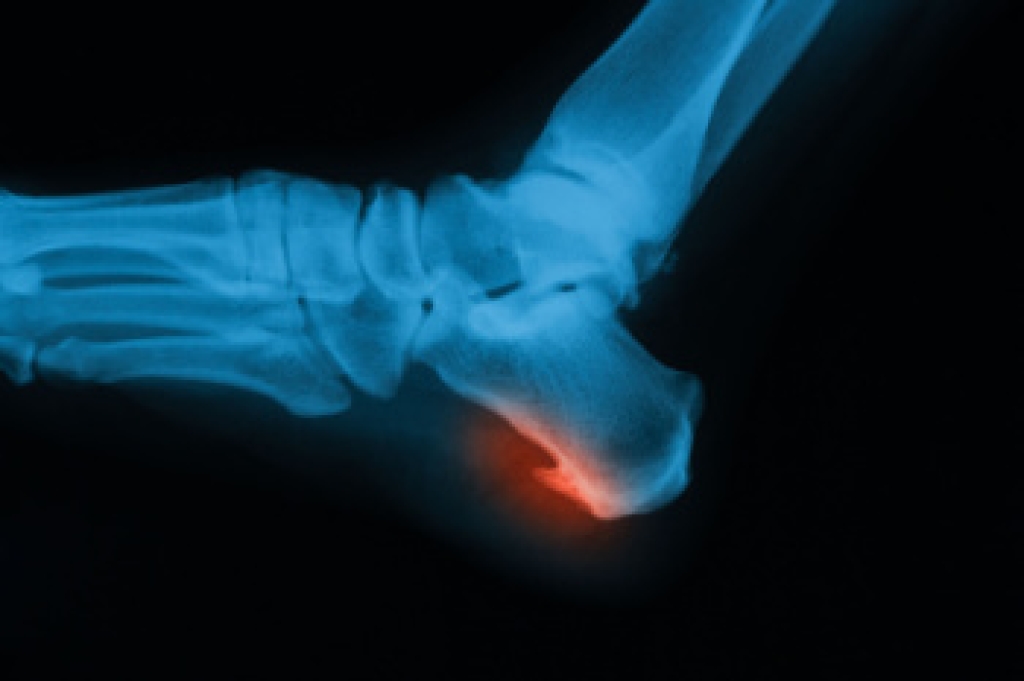
A severely curved toenail, referred to as a harpoon nail, is a structural nail shape in which the edges bend downward and form a tight arc as the nail grows. This shape alone can cause pressure and irritation because the nail naturally presses into the surrounding skin. An ingrown toenail, however, occurs when the nail edge actually pierces the skin and creates inflammation, swelling, and sharp discomfort. Although the two problems are connected, they are not the same. A curved nail increases the likelihood of developing an ingrown nail, but the ingrown portion is the injury that forms once the skin breaks. Shoes that squeeze the toe, trimming the nail too closely, or repeated pressure can turn a curved nail into an active ingrown issue. A podiatrist can relieve the painful area, reshape the edge, and determine if a minor procedure is needed to prevent recurrence. If your toenail shape keeps causing irritation, it is suggested that you see a podiatrist for effective relief and treatment options.
Ingrown toenails may initially present themselves as a minor discomfort, but they may progress into an infection in the skin without proper treatment. For more information about ingrown toenails, contact Adriana Strimbu, DPM of Complete Foot & Ankle Care. Our doctor can provide the care you need to keep you pain-free and on your feet.
Ingrown Toenails
Ingrown toenails are caused when the corner or side of a toenail grows into the soft flesh surrounding it. They often result in redness, swelling, pain, and in some cases, infection. This condition typically affects the big toe and may recur if it is not treated properly.
Causes
- Improper toenail trimming
- Genetics
- Improper shoe fitting
- Injury from pedicures or nail picking
- Abnormal gait
- Poor hygiene
You are more likely to develop an ingrown toenail if you are obese, have diabetes, arthritis, or have any fungal infection in your nails. Additionally, people who have foot or toe deformities are at a higher risk of developing an ingrown toenail.
Symptoms
Some symptoms of ingrown toenails are redness, swelling, and pain. In rare cases, there may be a yellowish drainage coming from the nail.
Treatment
Ignoring an ingrown toenail can have serious complications. Infections of the nail border can progress to a deeper soft-tissue infection, which can then turn into a bone infection. You should always speak with your podiatrist if you suspect you have an ingrown toenail, especially if you have diabetes or poor circulation.
If you have any questions, please feel free to contact our office located in Hallandale Beach, FL . We offer the newest diagnostic and treatment technologies for all your foot care needs.




